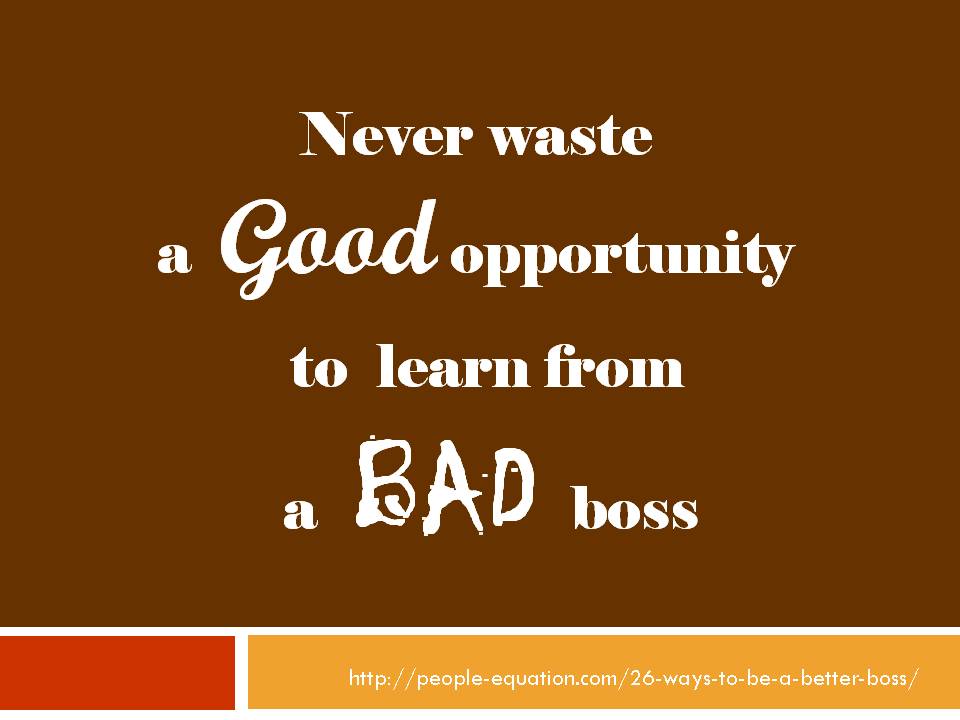“What a good helper you are!” my mother would say to a young child carefully handing boxes of cereal from the grocery shopping cart to be placed on the check-out counter. I’ll never forget the smiles on the child’s and parents’ faces when my mother would compliment them.
Similarly, smiling at the cashier and fellow customers while standing in line at the drug store … making polite conversation in an office lobby … sincerely complimenting a person’s hairstyle or shoes … these efforts take little time and energy, yet have tremendous impact.
According to research, engaging with and acknowledging others can actually benefit our health.
“People who engaged in simple pro-social behaviors with ‘weak ties’ — coworkers they didn’t know well, people in their fitness class, and so on — reported less loneliness and isolation and a higher level of happiness and well-being than people who avoided unnecessary conversation.” Scott Berinato, excerpt from a special HBR series about connecting at work.
We need such random acts of acknowledgment more than ever.
“At a time of vast and troubling uncertainty, in a world that is being reshaped by technology, small acts of connection take on outsized importance. It’s strange to think that a winning smile from a cashier or a flight attendant, or a nod of recognition from an employee who has seen you three times that week, might matter to the person receiving it — or to the person doing it. But … it does matter, both in terms of creating better human experiences and building more valuable organizations.” William C. Taylor, excerpt from an HBR article.
Positively acknowledging/connecting/engaging others – what a simple, powerful way to make a better workplace, community, and world.









